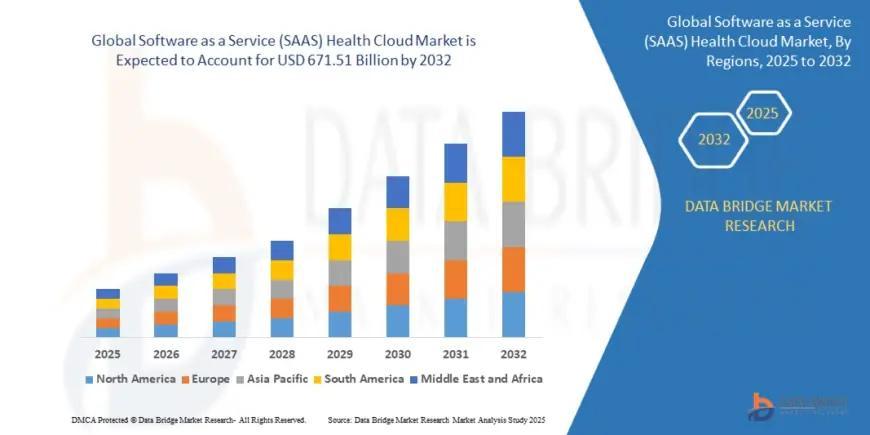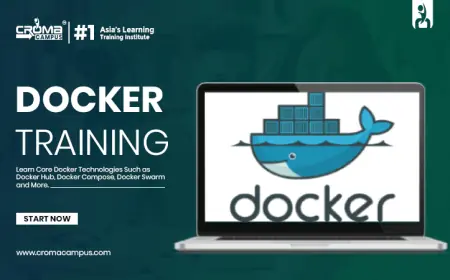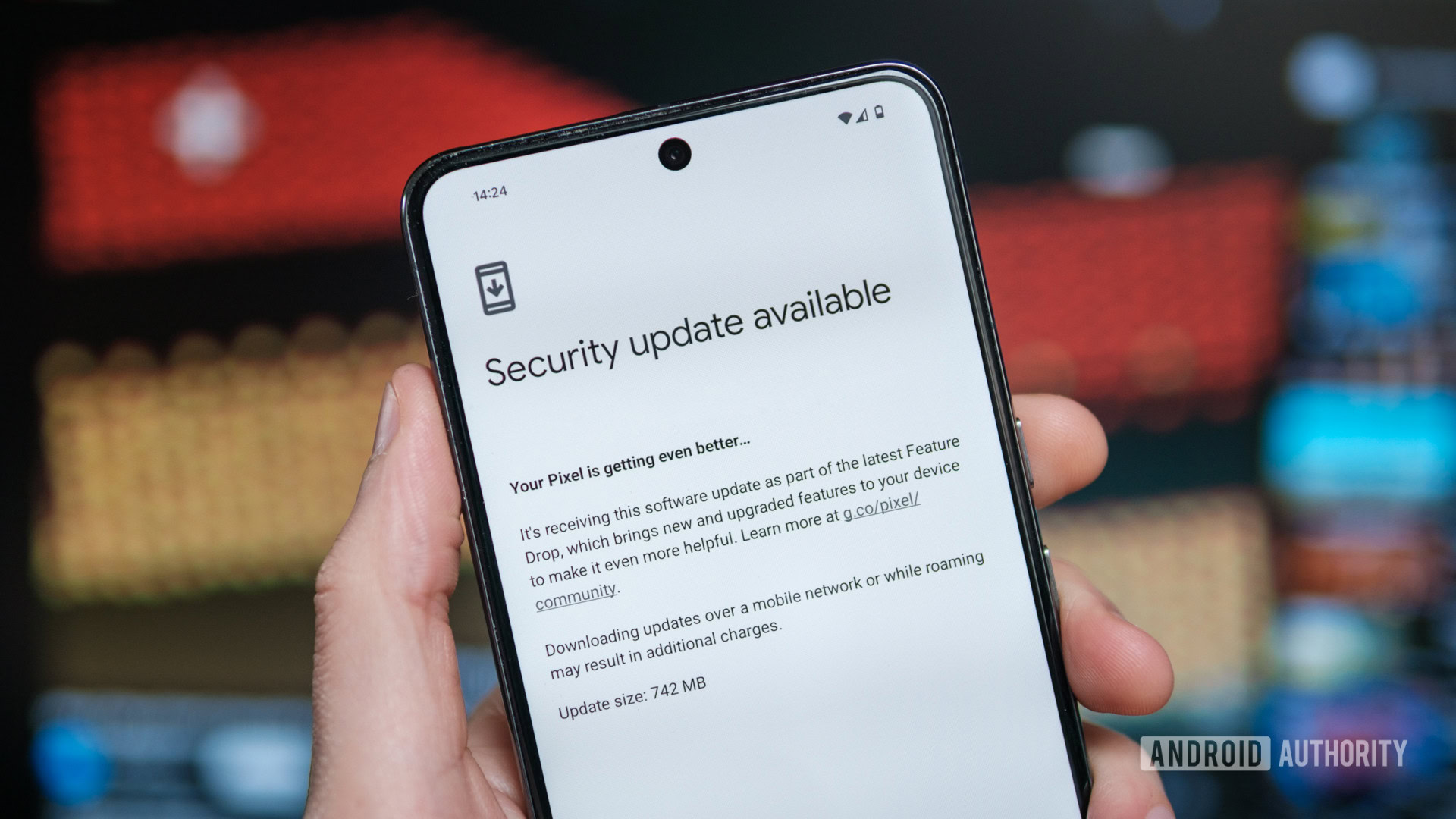Software as a Service (SAAS) Health Cloud Market Value: Growth, Share, Size, Analysis, and Insights

1. Introduction
The healthcare industry is undergoing a massive digital transformation, and cloud technology is at the heart of this evolution. Software as a Service (SaaS) Health Cloud solutions are redefining the way healthcare providers, hospitals, and clinics manage patient data, streamline operations, and enhance patient care.
With the rise of telemedicine, electronic health records (EHR), and AI-powered diagnostics, the demand for secure and scalable cloud-based healthcare solutions has surged. SaaS Health Cloud offers numerous benefits, including cost savings, enhanced data security, and seamless accessibility, making it an essential component of modern healthcare.
In this article, we’ll explore the SaaS Health Cloud Market, its key players, trends, challenges, and future potential.
2. Understanding SaaS in Healthcare
What is SaaS in Healthcare?
SaaS in healthcare refers to cloud-based software applications that allow healthcare organizations to access data and tools remotely without the need for on-premise servers. These applications are hosted on cloud platforms, enabling users to store, manage, and analyze medical data securely.
Key Components of SaaS Health Cloud
-
Electronic Health Records (EHR): Cloud-based patient data management
-
Telemedicine Platforms: Virtual consultations and remote monitoring
-
Clinical Decision Support Systems (CDSS): AI-powered diagnostics
-
Healthcare Customer Relationship Management (CRM): Patient engagement and scheduling
How is SaaS Health Cloud Different from Traditional Healthcare IT?
| Feature | SaaS Health Cloud | Traditional On-Premise IT |
|---|---|---|
| Accessibility | Available anywhere | Limited to local servers |
| Scalability | Highly scalable | Limited expansion options |
| Upfront Costs | Lower (subscription-based) | Higher (hardware costs) |
| Security | Cloud providers ensure security | Requires in-house security |
3. Market Size and Growth Trends
The SaaS Health Cloud market is rapidly expanding, driven by the increasing adoption of digital health solutions. According to industry reports:
-
The global healthcare cloud computing market was valued at over $40 billion in 2022 and is expected to reach $90 billion by 2030.
-
North America dominates the market, followed by Europe and Asia-Pacific.
-
The telehealth and remote patient monitoring sector is one of the fastest-growing segments.
Key Growth Drivers
✔ Rising adoption of EHR and cloud-based medical applications
✔ Regulatory compliance requirements pushing healthcare institutions to adopt secure SaaS solutions
✔ Increasing investments in AI-driven healthcare analytics
✔ Demand for cost-effective healthcare IT infrastructure
4. Benefits of SaaS Health Cloud Solutions
1. Cost-Effectiveness and Scalability
-
Eliminates the need for expensive on-premise servers
-
Subscription-based pricing model reduces IT costs
-
Easy to scale up or down based on the hospital’s needs
2. Enhanced Data Security and Compliance
-
HIPAA, GDPR, and HITECH-compliant solutions
-
Advanced encryption and multi-layered security protocols
-
Continuous updates ensure latest security measures
3. Accessibility and Interoperability
-
Enables seamless data exchange between hospitals, clinics, and insurers
-
Allows healthcare professionals to access patient records remotely
-
Integration with IoT and wearable devices for real-time health tracking
5. Key Players in the SaaS Health Cloud Market
Several tech giants and specialized healthcare IT firms are driving innovation in the SaaS Health Cloud sector. Some of the leading companies include:
Top SaaS Health Cloud Providers
| Company | Notable SaaS Healthcare Solutions |
|---|---|
| Microsoft Azure | Azure Health Data Services |
| Amazon Web Services (AWS) | AWS Healthcare and Life Sciences |
| Google Cloud | Google Health and AI-driven analytics |
| Oracle Health | Cloud-based EHR and patient management |
| Salesforce Health Cloud | Patient engagement and CRM |
These companies offer scalable, secure, and AI-powered cloud healthcare solutions, transforming patient care globally.
6. Challenges in SaaS Health Cloud Adoption
While SaaS Health Cloud solutions offer numerous benefits, there are also several challenges that healthcare organizations must overcome to ensure successful adoption.
1. Data Privacy Concerns and Regulatory Hurdles
-
Healthcare data is highly sensitive, and strict regulations like HIPAA (USA), GDPR (Europe), and HITECH mandate secure data handling.
-
Organizations must ensure compliance with regional regulations while adopting cloud solutions.
-
Data sovereignty laws can restrict cloud storage locations, creating operational complexities.
2. Integration Challenges with Legacy Systems
-
Many healthcare providers still use outdated on-premise systems that are not easily compatible with modern cloud solutions.
-
Migrating patient data from legacy EHR systems to the cloud can be complex and costly.
-
Ensuring seamless interoperability between SaaS applications and existing healthcare IT infrastructure is crucial.
3. Cybersecurity Risks and Mitigation Strategies
-
Cloud-based healthcare data is a prime target for cyberattacks.
-
Common threats include ransomware, phishing, and data breaches.
-
Implementing multi-factor authentication, end-to-end encryption, and real-time monitoring is essential for data protection.
7. SaaS Health Cloud and Compliance Regulations
Key Healthcare Compliance Regulations
To ensure patient data security, SaaS Health Cloud providers must adhere to:
| Regulation | Region | Key Compliance Requirements |
|---|---|---|
| HIPAA | USA | Data encryption, patient confidentiality, access control |
| GDPR | Europe | Consent management, right to data portability, security protocols |
| HITECH | USA | Encourages EHR adoption, strengthens HIPAA rules |
| PIPEDA | Canada | Safeguards for patient data privacy |
Ensuring Compliance in Cloud-Based Healthcare
-
Automated compliance monitoring tools help organizations track regulatory adherence.
-
Cloud providers regularly update security protocols to align with changing regulations.
-
AI-driven compliance checks reduce human errors in managing sensitive data.
8. Emerging Technologies in SaaS Health Cloud
1. AI and Machine Learning in Healthcare SaaS
-
AI-driven predictive analytics help in early disease detection.
-
Machine learning improves patient diagnosis and treatment plans.
-
AI-powered chatbots provide virtual health assistants for patients.
2. Blockchain for Secure Health Data Management
-
Blockchain ensures tamper-proof patient records and secure transactions.
-
Enhances transparency in healthcare billing and insurance claims.
-
Enables decentralized and secure data sharing between healthcare providers.
3. IoT and Wearable Integrations with Cloud Platforms
-
Smart wearables like fitness bands, ECG monitors, and glucose trackers provide real-time patient data.
-
Cloud-based IoT solutions help doctors monitor patients remotely.
-
AI analyzes IoT-generated data for personalized treatment plans.
9. Use Cases and Real-World Applications
1. Telemedicine and Remote Patient Monitoring
-
SaaS platforms facilitate virtual doctor consultations.
-
Cloud-based remote monitoring devices track heart rate, BP, and oxygen levels.
-
Telehealth services reduce hospital congestion and improve accessibility.
2. Electronic Health Records (EHR) on the Cloud
-
Cloud-based EHR systems provide real-time access to patient history.
-
Enables secure data sharing between healthcare providers and insurers.
-
Reduces paperwork and streamlines hospital workflows.
3. Predictive Analytics and Personalized Healthcare
-
AI-driven predictive analytics forecast potential health risks based on patient history.
-
Helps in chronic disease management (e.g., diabetes, hypertension).
-
Personalized treatment plans improve patient outcomes and hospital efficiency.
10. Future Outlook of SaaS Health Cloud Market
1. Expected Innovations in Cloud-Based Healthcare
-
AI-powered diagnostics for faster and more accurate medical assessments.
-
5G integration to enhance telemedicine and real-time data transmission.
-
Augmented Reality (AR) and Virtual Reality (VR) for medical training and patient therapy.
2. Potential Barriers to Widespread Adoption
-
High initial costs of transitioning from legacy systems to SaaS.
-
Resistance to change among healthcare professionals accustomed to traditional IT systems.
-
Cybersecurity concerns may slow adoption in highly regulated regions.
3. Predictions for the Next Decade
-
The global SaaS Health Cloud market will likely surpass $100 billion by 2035.
-
AI-driven automation will reduce administrative burdens on healthcare staff.
-
Increased use of cloud-based robotic surgeries and AI-driven healthcare assistants.
11. SaaS Health Cloud vs. Traditional On-Premise Solutions
| Feature | SaaS Health Cloud | Traditional On-Premise IT |
|---|---|---|
| Deployment Time | Quick, plug-and-play | Long, requires setup |
| Maintenance | Managed by provider | Requires in-house IT team |
| Flexibility | Highly scalable | Limited by infrastructure |
| Security | Cloud provider ensures security | Requires manual security updates |
12. Security Measures in SaaS Health Cloud
1. Encryption, Authentication, and Cybersecurity Protocols
-
End-to-end encryption secures patient records.
-
Multi-factor authentication (MFA) enhances access security.
-
Regular software updates prevent security vulnerabilities.
2. Data Breach Risks and Prevention Strategies
-
AI-powered threat detection identifies unusual activity.
-
Access control measures restrict unauthorized users.
-
Employee training programs minimize human errors in security.
13. Role of Big Data in SaaS Health Cloud
-
Big data analytics help detect disease outbreaks and patterns.
-
Enhances hospital resource management and patient flow prediction.
-
Real-time analytics enable faster decision-making for doctors.
14. SaaS Health Cloud in Emerging Markets
-
Developing nations are adopting cloud-based healthcare to improve accessibility.
-
Mobile health (mHealth) apps help rural populations access telemedicine.
-
Cloud solutions enable cost-effective healthcare digitization in low-income regions.
15. Conclusion and Final Thoughts
The SaaS Health Cloud market is revolutionizing global healthcare by offering scalable, secure, and AI-powered solutions. From telemedicine to predictive analytics, cloud-based healthcare services enhance efficiency, patient care, and operational costs.
While challenges like cybersecurity, regulatory compliance, and system integration persist, the future of SaaS Health Cloud looks promising. As healthcare providers continue to adopt digital transformation, cloud-based solutions will become the backbone of modern medical care.
Get More Links : https://www.databridgemarketresearch.com/reports/global-software-as-a-service-saas-health-cloud-market
https://www.databridgemarketresearch.com/reports/global-automotive-transfer-case-market
https://www.databridgemarketresearch.com/reports/north-america-travel-beauty-retail-market
https://www.databridgemarketresearch.com/reports/global-mycoses-treatment-market
https://www.databridgemarketresearch.com/reports/global-polyester-based-flexible-heater-market
https://www.databridgemarketresearch.com/reports/global-cast-polypropylene-films-market
16. FAQs
1. How does SaaS Health Cloud improve patient care?
SaaS solutions provide real-time patient data access, enable remote monitoring, and enhance diagnostic accuracy using AI.
2. What are the biggest risks of using cloud-based healthcare solutions?
The primary risks include data breaches, compliance challenges, and integration difficulties with legacy systems.
3. How do SaaS healthcare solutions comply with HIPAA regulations?
Cloud providers implement end-to-end encryption, secure access controls, and compliance monitoring tools to meet HIPAA requirements.
4. What factors should hospitals consider before adopting SaaS Health Cloud?
Hospitals should assess security measures, compliance certifications, cost structure, and integration capabilities before adoption.
5. What trends will shape the SaaS Health Cloud market in the future?
AI-driven automation, blockchain security, IoT-based health tracking, and 5G-powered telemedicine will drive future growth.
What's Your Reaction?
 Like
0
Like
0
 Dislike
0
Dislike
0
 Love
0
Love
0
 Funny
0
Funny
0
 Angry
0
Angry
0
 Sad
0
Sad
0
 Wow
0
Wow
0
Related Posts
Medical Fixation Devices Market Set to Witness Explosiv...
nitinrrr Nov 30, -0001 0









































